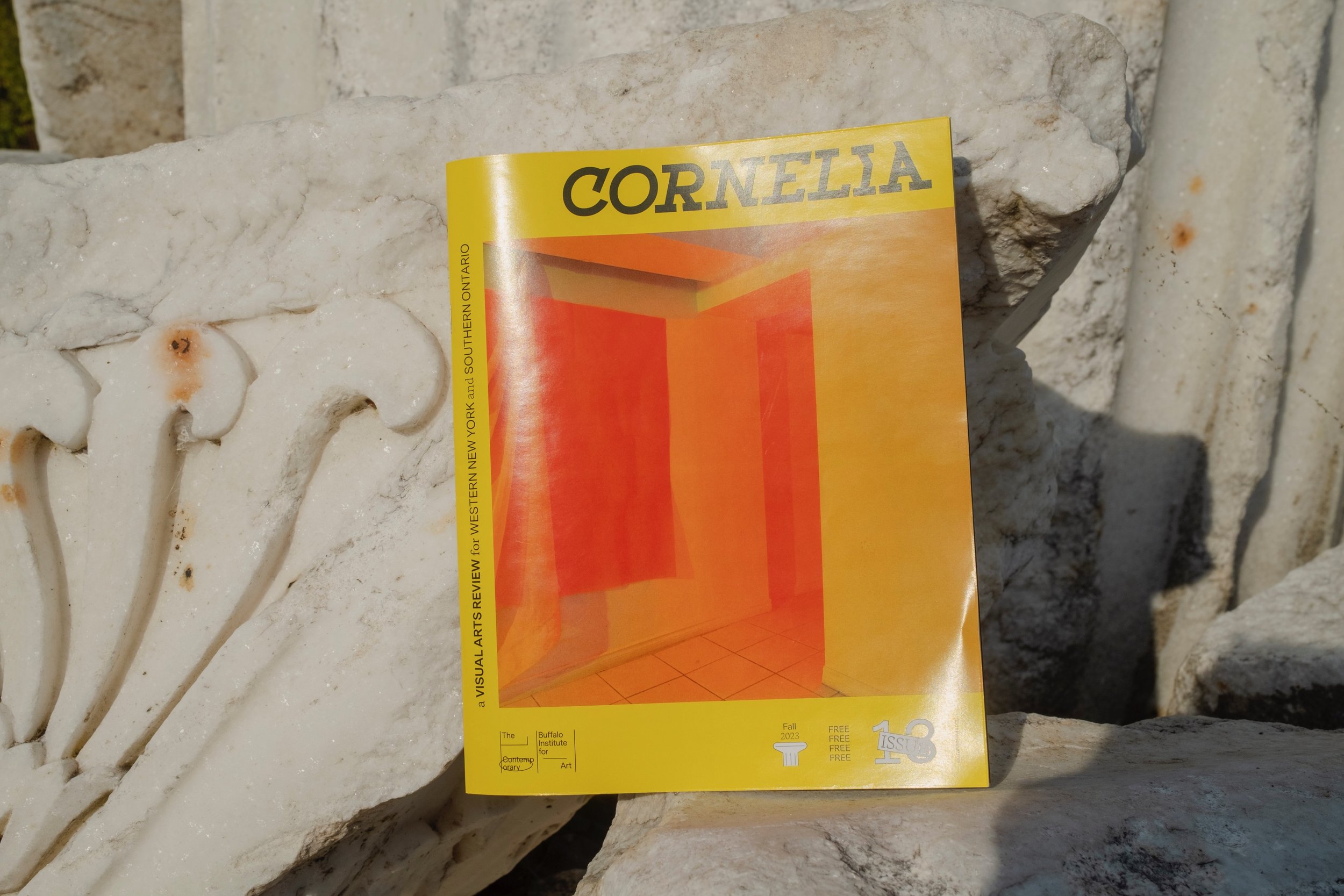Letter from the Editor- Issue 13
Photo: Nando Alvarez-Perez
On a recent and long belated honeymoon to Rome, Emily and I were waiting for a train at Termini Station, standing across from the Hotel Siracusa. Living in Western New York, it was hard not to be put in mind of the many ancient cities and personalities cited throughout our state: Ovid, Cicero, Syracuse, Virgil, Troy, Pompey, Rome, etc. Most of these citational towns were founded on land largely cleared of its indigenous populations during the genocidal Sullivan Expedition, after which the Continental Army of the United States established two million acres of bounty land to compensate soldiers for their participation in the Revolutionary War. The names of the Central New York Military Tract reflected the nascent bourgeois republic’s leaders' admiration for the bourgeoisie of the ancient world.
We live in a time where looking back to the past is regarded, on the one hand, as essential to survival, a necessary component in creating a cartography of the future. On the other hand, turning to the past for guidance is often dismissed as the ahistorical nostalgia of hetero-white patriarchy, or as the cynical regurgitation of cultural commodities and ideological formations à la Mark Fisher’s Capitalist Realism: all it generates are “bad infinities,” in which progress is regarded as more of the same...more of the same...more of the same.
Throughout this issue of Cornelia the citation of and response to historical narratives and forms just kept popping up, which seems to be a recurring theme in the magazine of late. From Emily Reynolds’ brief history of museum spectatorship through the buildings at the recently reopened Buffalo AKG, to Tatum Dooley’s review of Jacob Broussard’s recent exhibition of paintings at Towards Gallery in Toronto, the past is measured against our present moment. From Rochester, Rebecca Rafferty profiles Peter G. Jemison’s life as a painter and activist. The Southern Ontario based collaborative group QueerSoftOrange talks to Craig Jennex about summoning up the specters of the region’s queer scene for an evening at the plumb. Finally, also in Toronto, Ashley Culver talks to Pumice Raft, a.k.a. Parker Kay, about their open-ended, collaborative curatorial practice, itself inspired by the legendary Canadian trio, General Idea, the first in a series of articles about Toronto’s alternative art spaces.
Of course, Marx said Hegel said that all great personages and events recur, as it were, twice: first as tragedy, and then as farce. It feels like these days we’re just white knuckling it so far past farce, it’s hard to know what comes next. So, hang on tight to a friendly hand and we’ll see you out there!
Nando Alvarez-Perez
Editor-in-Chief
Published by
The Buffalo Institute for Contemporary Art
Editor-in-Chief
Nando Alvarez-Perez
Executive Director
Emily Ebba Reynolds
Copy Editor
Emily E. Mangione
Design
Mark Yappueying
Production Assistant & Photo Editor
Way2wavybaby
Contributing Writers
Ashley Culver, Tatum Dooley, Rebecca Rafferty, Emily Reynolds, QueerSoftOrange and Craig Jennex



